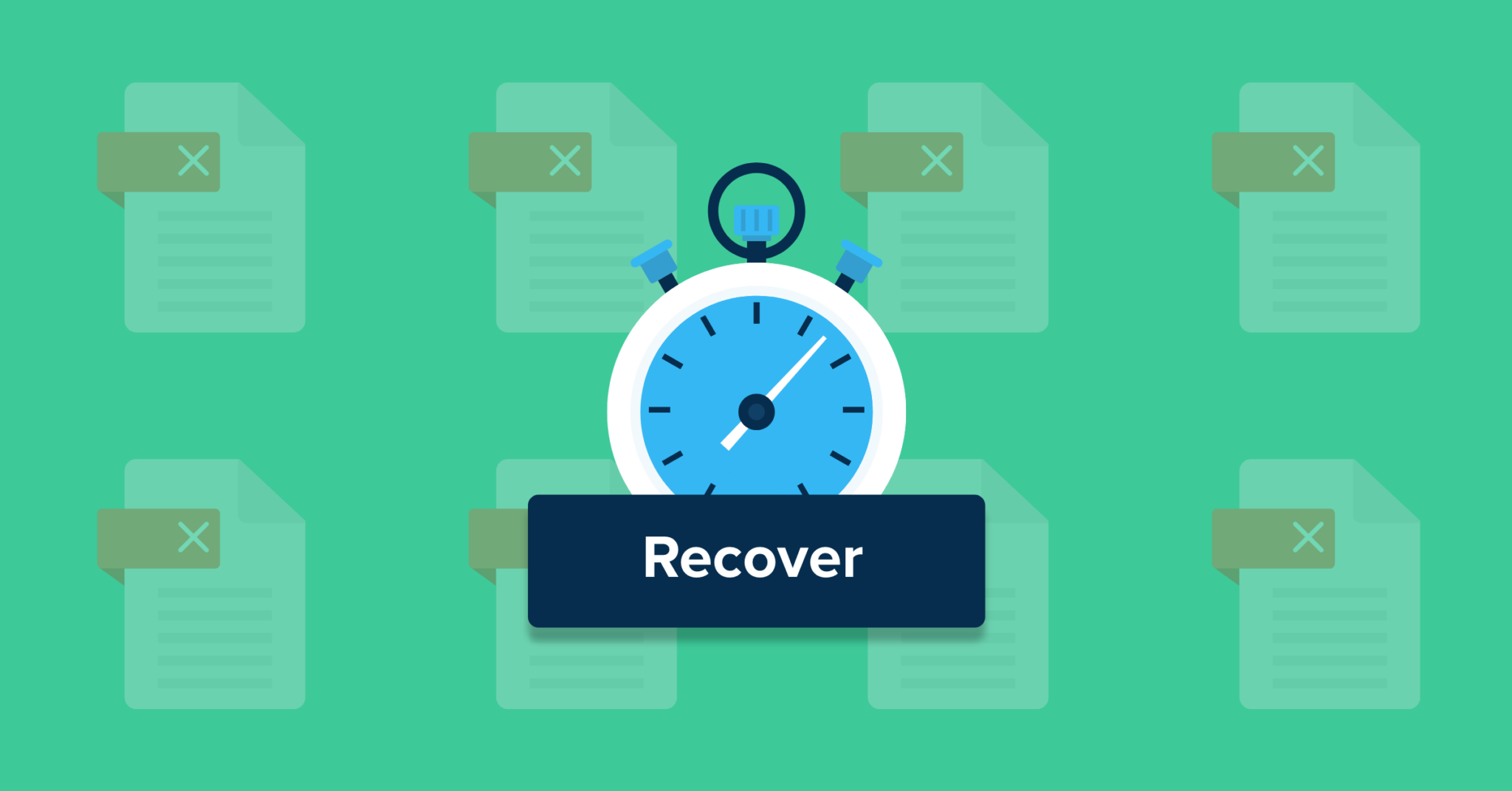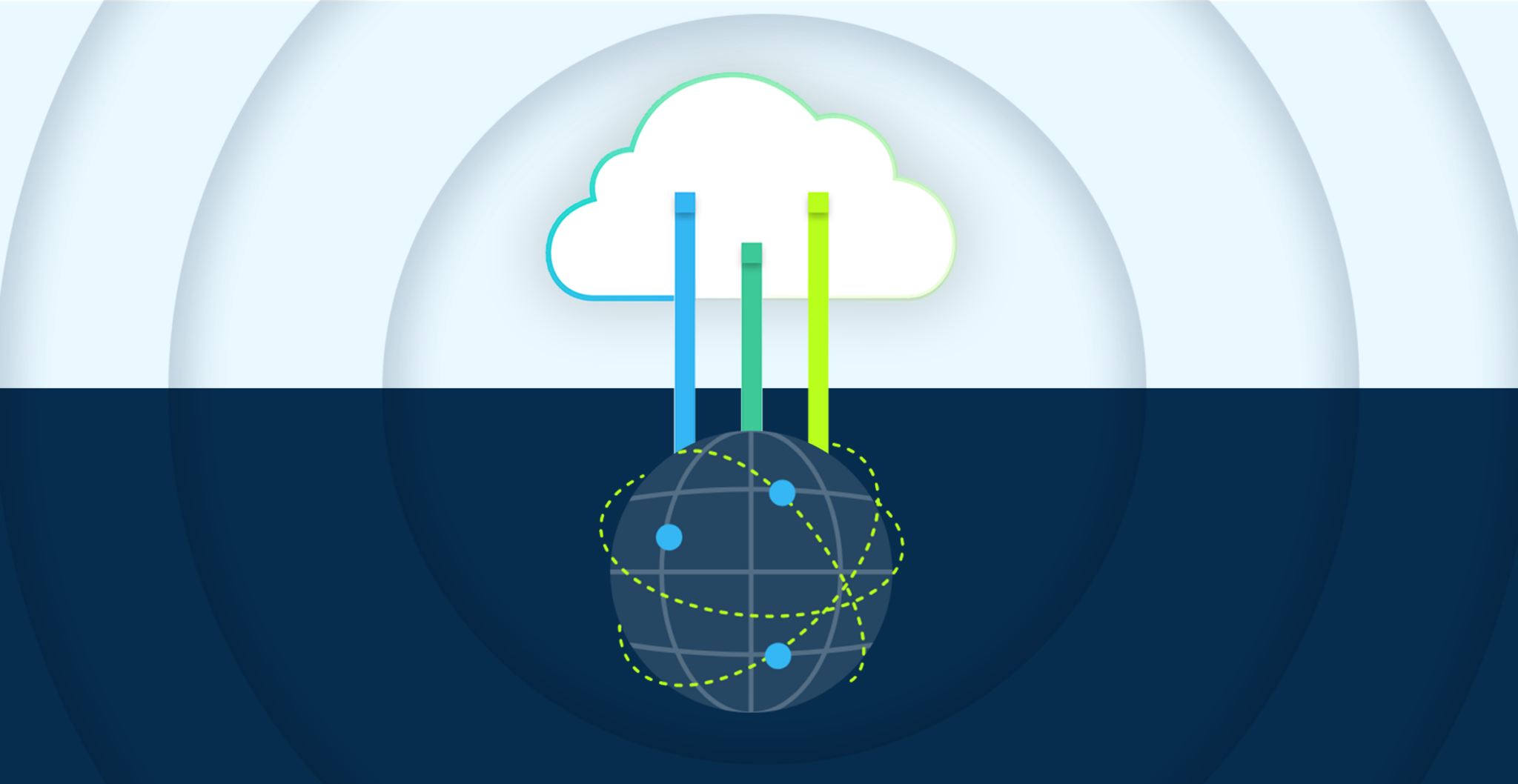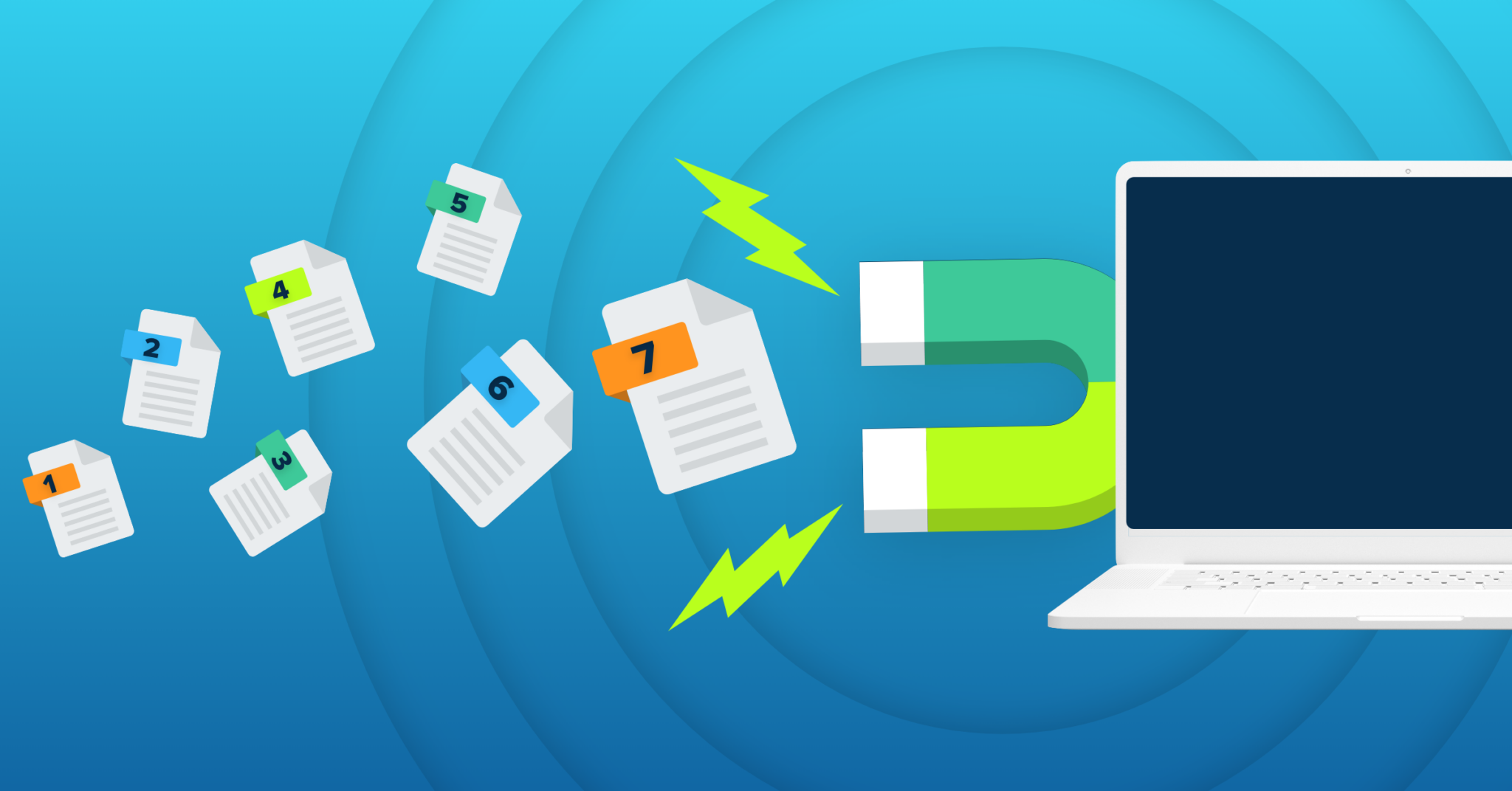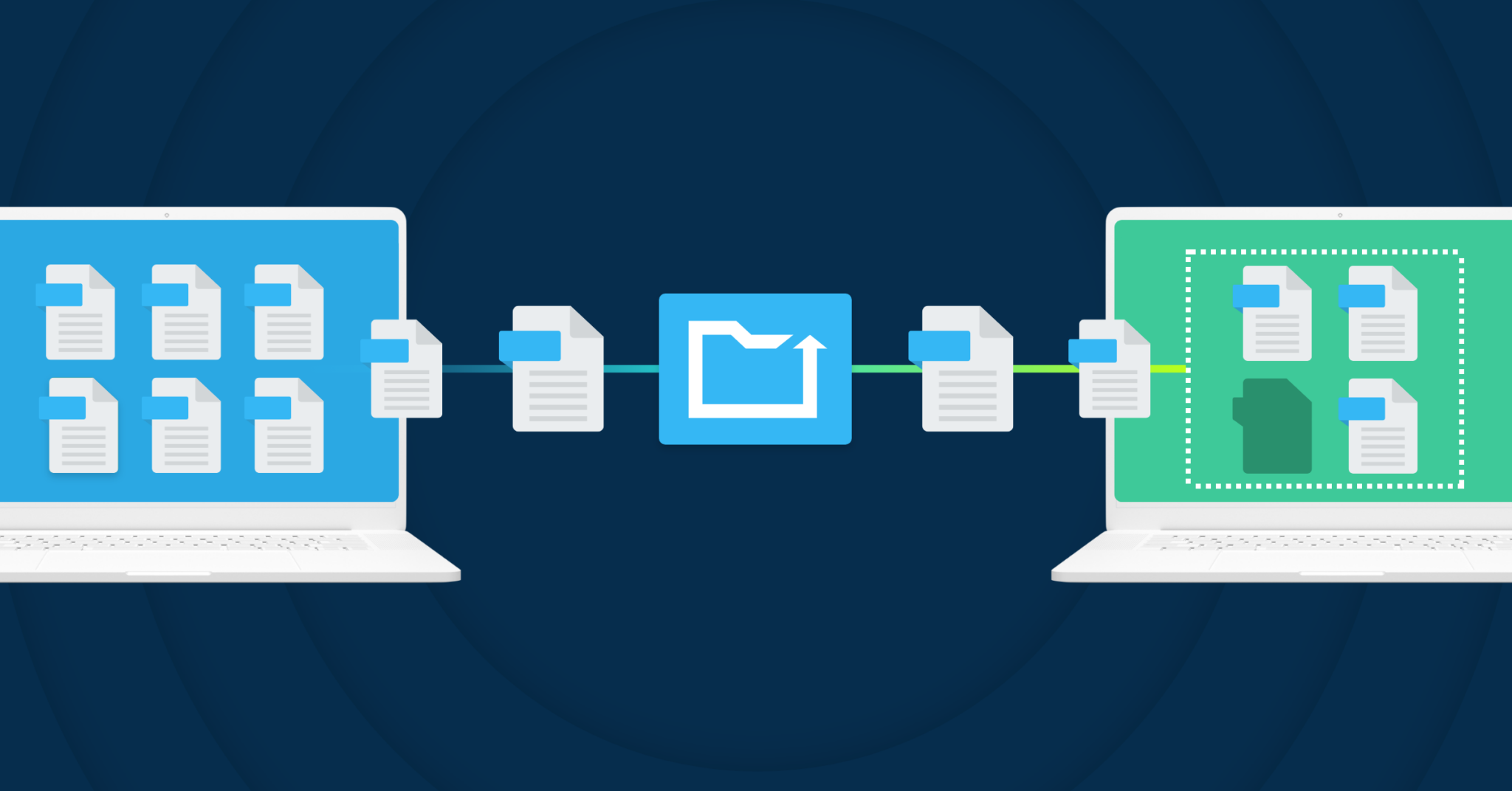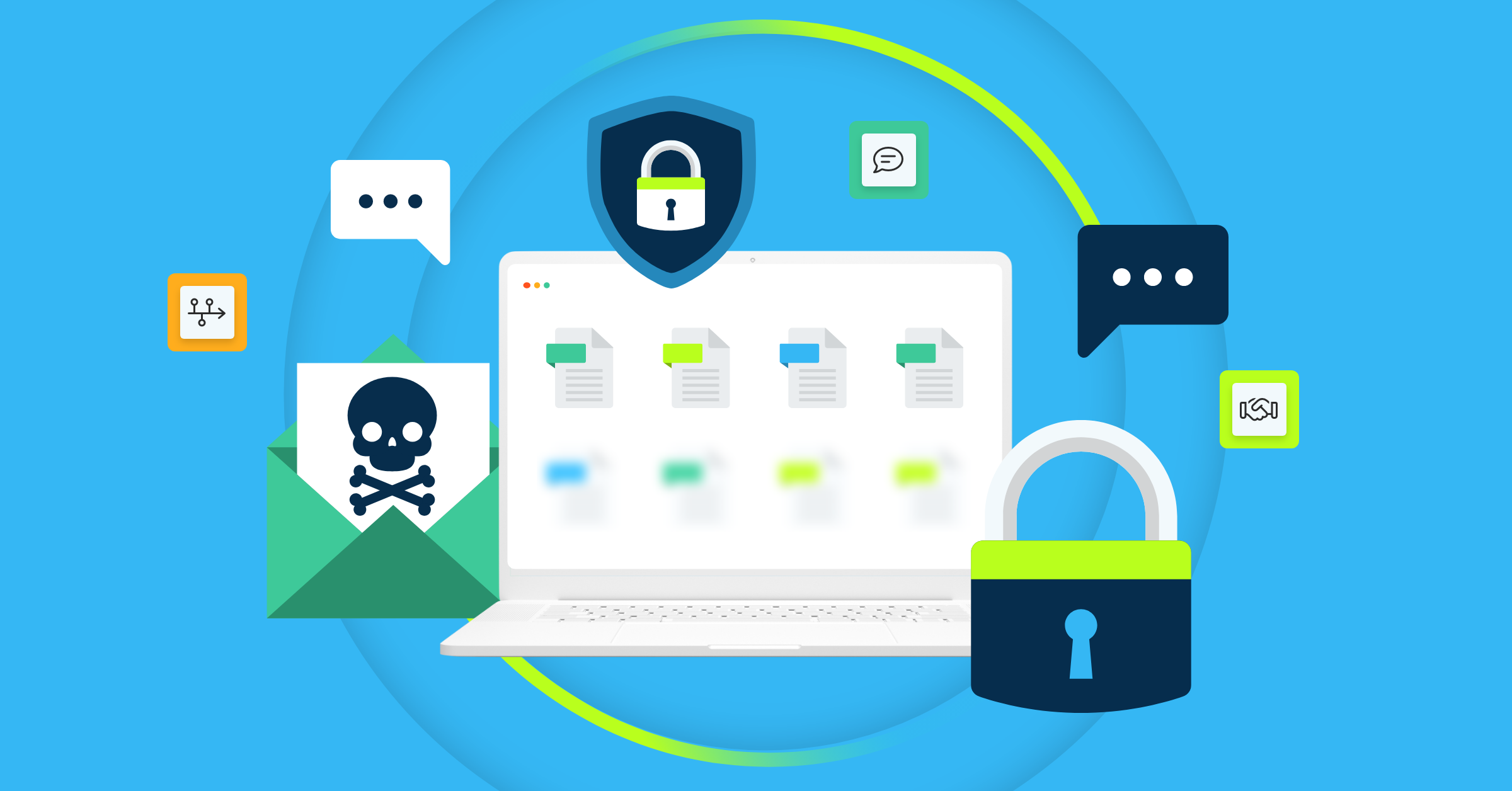
If you want to ensure your data can be easily recovered following a data loss disaster event, you’ll need to implement a few cyber resiliency best practices. As you build a cyber resiliency strategy designed to enhance data resilience at your organization, it’s essential to know the difference between cyber resilience and cyber security. This knowledge can ensure you know how to both prevent attacks and respond to successful ones effectively.
With a better understanding of what cyber resilience is, you can put a few best practices into action to improve data resilience at your organization.
Cyber Resilience vs Cyber Security: What’s The Difference?
Cyber Security: The practice of defending your digital devices from incoming cyber threats.
An effective cyber security infrastructure will include installing and updating anti-virus software to prevent malware and ransomware from infecting your devices and network. Business cyber security will also involve training employees to spot cyber threats (such as phishing scams) and updating their devices (laptop, desktop, tablets, and/or mobile phones) regularly.
Cyber Resilience: An organization’s ability to mitigate damage following a successful cyber-attack.
Since organizations will likely face a successful cyber attack at some point, it’s essential to know how to properly respond to these attacks and prevent them from doing further damage.
What Cyber Resilience Best Practices Can Improve Data Resilience?
Like cyber resilience, data resilience refers to an organization’s ability to withstand and recover from data-related disasters effectively. Some key measurements of an effective data resilience strategy include whether you can prevent or avoid data failures, how accessible your data is, and whether you can recover lost data following a data loss disaster. Though both cyber security and cyber resilience are necessary for the overall security of your company’s technology and data, you can improve data resilience at your company by following a few cyber resilience best practices.
As you try to better protect your organization’s data, learn more about the four main cyber resilience best practices that improve data resilience below:
1. Assess and Identify Potential Cyber Risks
Part of creating an effective cyber resilience and data resilience plan will include identifying potential cyber risks that could impact your data. You’ll want to begin by performing a comprehensive assessment of your company’s cyber security software and other defense strategies. After assessing your organization’s cyber security posture, you’ll want to identify potential cyber risks that are more likely to compromise your data. Some potential cyber risks that could impact your data include:
- Zero-day vulnerabilities
- Social engineering and phishing
- Malware
- Ransomware
- Outdated and vulnerable hardware or software
- Data exfiltration
By assessing the potential vulnerabilities of your organization’s data infrastructure and identifying potential risks, your team will be better prepared to respond to these risks and recover from them if they occur.
2. Build a Disaster Recovery Plan
With your risks identified, it’s time to build a disaster recovery plan. These plans involve a set of processes and policies designed to help organizations recover from operational interruptions caused by various circumstances, such as natural disasters, equipment failure, and cyber attacks. Since disaster recovery plans ensure organizations know how to respond to cyber attack disasters, they’re an essential part of both cyber and data resilience.
Review the main steps for creating a disaster recovery plan below:
- Receive management buy-in
- Document your disaster recovery plan team
- Perform a risk assessment
- Identify your key needs and recovery strategies
- Document procedures your team should follow before and after a data loss disaster
- Test and revise your disaster recovery plan
- Continue to update your disaster recovery plan
3. Train Your Employees to Identify and Respond to Cyber Threats Quickly
Many cyber resilience best practices stem from employees knowing how to quickly identify cyber threats and respond to them quickly. If a cyber attack is successful and it impacts your data, your team should know how to respond to the attack (e.g., correctly removing malware or ransomware from affected devices) and recover your data safely and efficiently (e.g., downloading the most crucial backup data from off-site services first after you’ve removed the malware). Due to the importance of employee awareness, it’s critical to hold regular cyber security, cyber resilience, and data resilience training sessions.
Besides training employees, it’s also a good idea to emphasize the importance of cyber-resilience to your organization’s board of directors and those in leadership positions. When these decision-makers are aware of how cyber attacks can impact your data, they’ll be more likely to sign off on cyber resilience efforts and devote company time to training. With your leadership team in your corner, you’ll also be more likely to invest in solutions that can help recover data quickly and prevent it from being permanently lost after a successful cyber attack.
4. Regularly Back Up Your Data With Endpoint Backup Solutions
Most companies with an effective cyber and data resilience strategy will follow the 3-2-1 backup rule, which states that companies should keep three copies of their data on two different media types, with one of the copies being stored off-site. Endpoint backup solutions allow you to back up your data from your organization’s endpoints (e.g., computers and laptops) to a secure off-site location. As cyber attacks can cause companies to lose essential data, regularly backing up data to an endpoint backup provider’s servers can serve both cyber and data resiliency goals.
Typically, an effective cyber and data resiliency strategy will recommend that an organization’s data should be backed up to a third-party’s servers every 15-30 minutes to prevent data loss. By regularly backing up your data, cyber-attacks that infect your devices and cause data loss won’t mean your data is gone for good. Instead, your team can quickly remove any malware or ransomware from local devices. Next, they can restore the lost data from an endpoint backup provider’s cloud, ensuring your team can get back to work quickly without any major interruptions.
Choose CrashPlan for Endpoint Backup Solutions That Support Data Resilience
At CrashPlan, we’re proud to offer disaster recovery solutions designed to enhance cyber and data resilience efforts. Our endpoint backup solutions allow organizations to automatically back up their data every fifteen minutes and quickly restore lost data when needed. We also encrypt our clients’ backup data with industry-leading security features to ensure backups are always secure while at rest or in transit. With our endpoint backup solutions, you can expect your data to be easily recoverable following a successful cyber attack.
Learn more about our disaster recovery solutions today. If you want to see how CrashPlan can improve your organization’s data resiliency, please sign up for our free trial.


